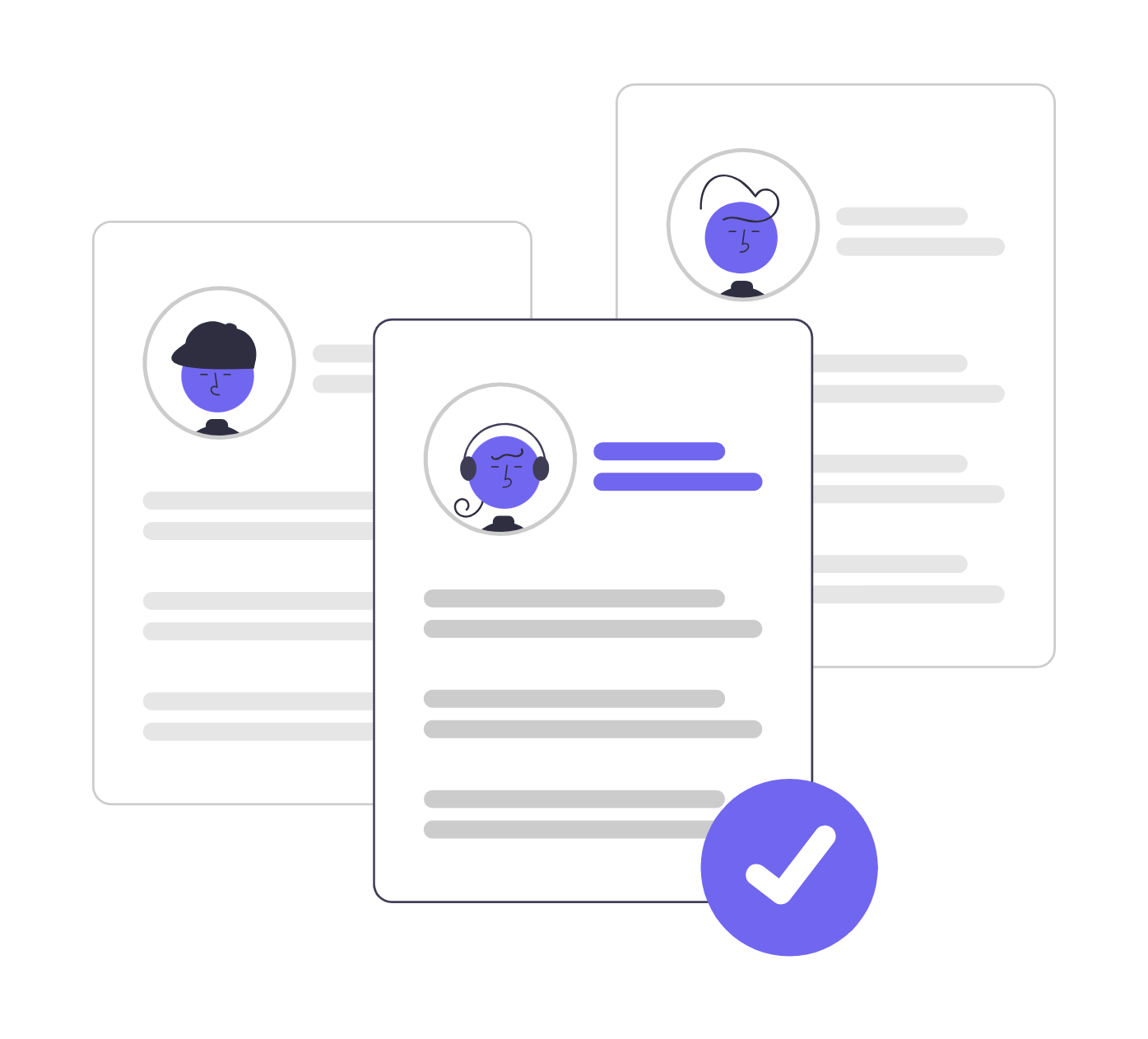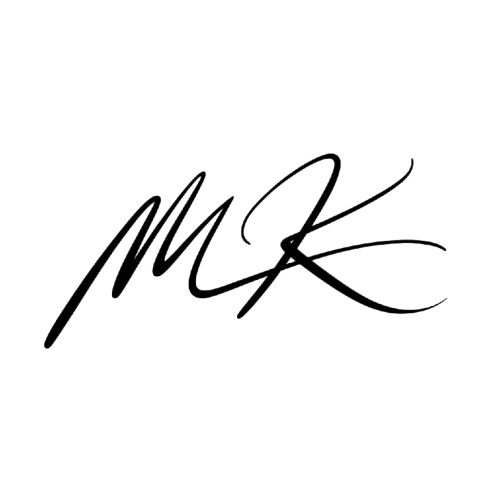Share
No matter how strong your company culture or how competitive your compensation, the truth is this: if your recruitment strategy is outdated, you’re losing top talent.
The hiring world has changed drastically. Manual resume reviews and newspaper ads have given way to automation, AI screening, and remote interviews. But while modern methods promise speed and scale, not every traditional tactic is obsolete. So, how do you decide what to keep, what to ditch, and how to evolve?
This post takes a deep look at both traditional and modern recruitment strategies—what still works, what doesn’t, and how to adapt in 2025 and beyond.
What Is Traditional Recruitment? (And Why Some Teams Still Use It)
Traditional recruitment refers to hiring practices that have stood the test of time. These include:
- Print advertisements (e.g., newspapers, bulletin boards)
- Walk-ins and job fairs
- Employee referrals
- Third-party recruiters or agencies
- In-person interviews
- Paper resume evaluations and reference checks
These approaches are rooted in personal interaction and familiarity. They offer human connection and consistency, which is why many businesses—especially small, local ones—still use them today.
Modern Recruitment: More Than Just Posting Jobs Online
Modern recruitment isn’t just digital—it’s strategic. It leverages technology and data to streamline hiring, reduce manual effort, and improve outcomes. Common methods include:
- AI-driven screening and filtering
- Applicant Tracking Systems (ATS)
- Job ads on social media and global platforms
- Mobile-first job applications
- Video and virtual reality interviews
- Internal talent mobility systems
- Employer branding initiatives
- Collaborative hiring tools and analytics dashboards
Modern recruitment is designed for scale, speed, and reach. It’s how organizations attract talent beyond borders, fill roles faster, and adapt to a digital workforce.
Real Talk: What Recruiters Say About the Shift
Many recruitment teams are caught in transition. In one Reddit thread, recruiters debated whether to stick with “decent” traditional methods or risk modernizing.
Some were concerned about disruption: “We just switched from Vincere to Salesforce. It’s a mess.” Others advised easing in: “Start with low-hanging fruit—basic AI tools that automate repetitive tasks.”
What most agreed on: it’s not about replacing recruiters with tech, but about enabling them to spend more time on value-added tasks like candidate engagement and decision-making.
Quickly identify your most promising candidates. WorkScreen automatically evaluates, scores, and ranks applicants on a performance-based leaderboard—making it easy to spot top talent, save time, and make smarter, data-driven hiring decisions

Traditional vs Modern Recruitment: Side-by-Side Comparison
Aspect | Traditional Recruitment | Modern Recruitment |
Process | Manual resume reviews, phone calls, face-to-face interviews | Automated screening, video interviews, tech-assisted workflows |
Reach | Primarily local | Global, including remote and passive talent |
Efficiency | Time-consuming, high-touch | Streamlined, automated, scalable |
Candidate Experience | Personal, human connection | Digital-first, mobile-friendly |
Bias Risk | Susceptible to unconscious bias | Can inherit algorithmic bias if unchecked |
Data Use | Minimal use of analytics | Data-driven hiring decisions |
Best For | Interpersonal roles, customer-facing roles, local hiring | Tech roles, remote teams, high-volume hiring |
Workscreen helps you easily administer one-click skill tests. This way you can assess candidates based on real-world ability—not just credentials like résumés and past experience. This helps you hire more confidently and holistically.

When Traditional Still Works (And When It Doesn’t)
There’s still value in traditional methods—especially when the role requires:
- Deep personal connection (e.g., hospitality, care roles)
- Local knowledge (e.g., community services, trades)
- Trusted networks (e.g., small business referrals)
Face-to-face interviews, for example, are still unmatched for evaluating communication style and cultural fit. And employee referrals—though a traditional method—often lead to faster, more successful hires when used responsibly.
However, relying solely on traditional methods limits reach, slows down decision-making, and increases the risk of bias. For companies looking to grow or diversify, it’s often too limiting.
When Modern Recruitment Is Non-Negotiable
Modern hiring tools become essential when:
- You need to fill multiple roles fast
- You want to hire across geographies or time zones
- You’re seeking niche, technical, or passive candidates
- You want to eliminate low-effort applicants automatically
- You need to make decisions backed by data
With over 70% of job seekers applying via mobile and most talent now online-first, ignoring modern tools means missing out on a massive segment of the market.
Both Have Risks—Here’s What No One Tells You
Neither method is foolproof.
Traditional recruitment risks:
- Biased gut decisions
- Overreliance on “culture fit” without structure
- Wasted hours manually reviewing poor-fit resumes
Modern recruitment risks:
- AI systems that replicate existing biases
- Impersonal candidate journeys that lead to ghosting
- Overload from too many platform features or poorly integrated tools
The key takeaway? It’s not a question of old vs new—it’s about hiring smarter.
The Smartest Strategy: A Hybrid Hiring Approach
Rather than choosing sides, top teams blend both approaches:
- Use video interviews to save time—but bring finalists in person when needed.
- Accept referrals from employees—but track them in an online portal for fairness.
- Post jobs in local newspapers for community reach—but also on LinkedIn to access passive global candidates.
- Screen candidates via skill tests or AI—but have a human in the loop for final calls.
The hybrid model offers flexibility. It helps you tailor the process to the role, the urgency, and the type of talent you want to attract.
Final Thoughts: Don’t Modernize for the Sake of It—Modernize for the Right Reasons
Modern hiring isn’t about ditching what worked in the past. It’s about recognizing where traditional methods fall short—and where modern tools can fill the gap.
Ask yourself:
- Where is your hiring process slow or inconsistent?
- Are you missing out on great candidates because of outdated practices?
- Do you have visibility into what’s working—and what’s not?
It’s not about jumping on every new trend. It’s about building a recruitment strategy that’s faster, fairer, and more effective—without sacrificing the human side of hiring.
Workscreen eliminates low-effort applicants—including those who use AI Tools to apply, copy-paste answers, or rely on "one-click apply." This way, you focus only on genuine, committed, and high-quality candidates—helping you avoid costly hiring mistakes.

FAQ
A: Traditional methods are great for small businesses, community-based hiring, or roles that require high personal interaction. If you’re hiring one person locally and value face-to-face rapport, traditional approaches may be ideal.
A: Not automatically. While data-driven tools can help, AI can inherit the biases of its training data. The key is to audit your tools regularly and pair tech with human judgment.
A: Yes, and it’s often the smartest approach. Hybrid models let you enjoy the efficiency of modern tools while preserving the human touch of traditional methods.
A: Start with a simple applicant tracking system (ATS) or video interviewing tool. These deliver immediate gains in efficiency without overwhelming your process.
A: No. In fact, modern methods like AI screening and social recruiting can help small businesses compete for top talent by leveling the playing field.

